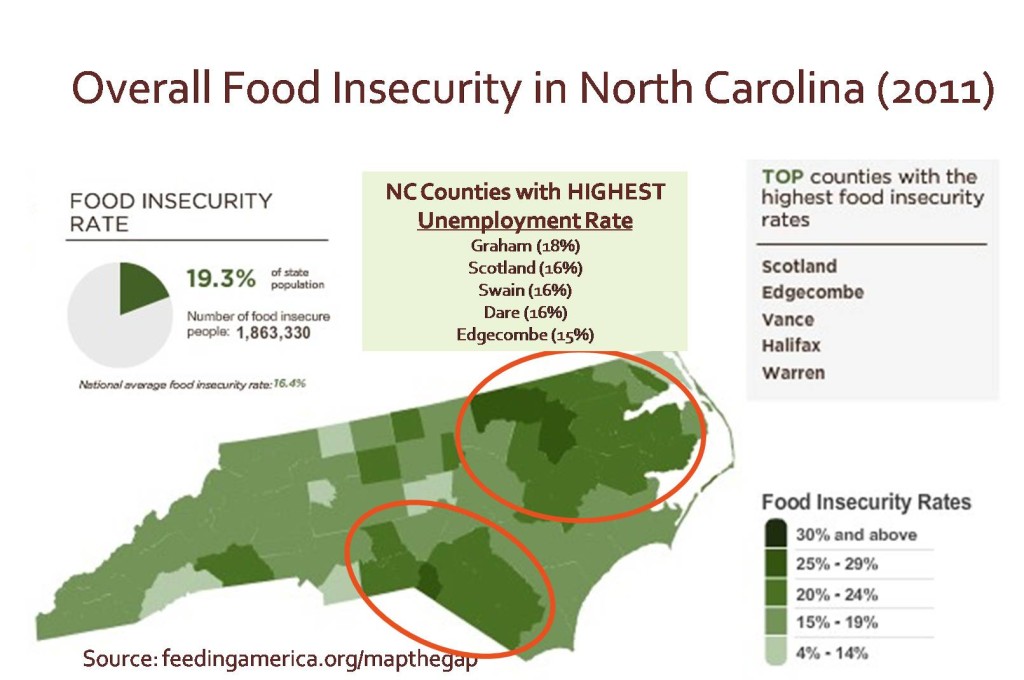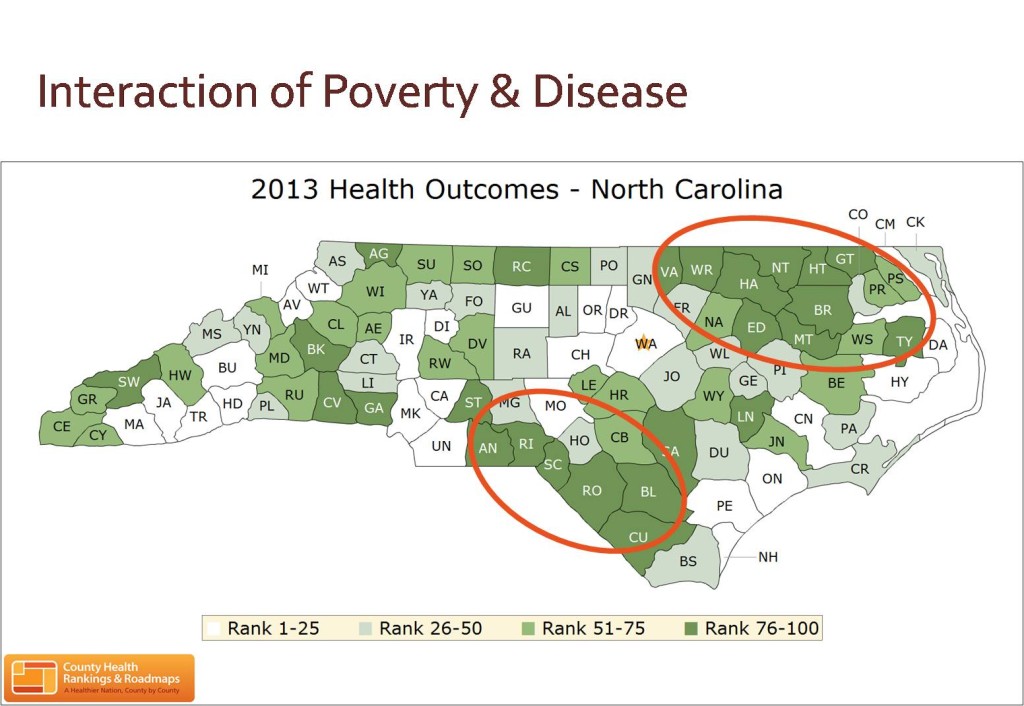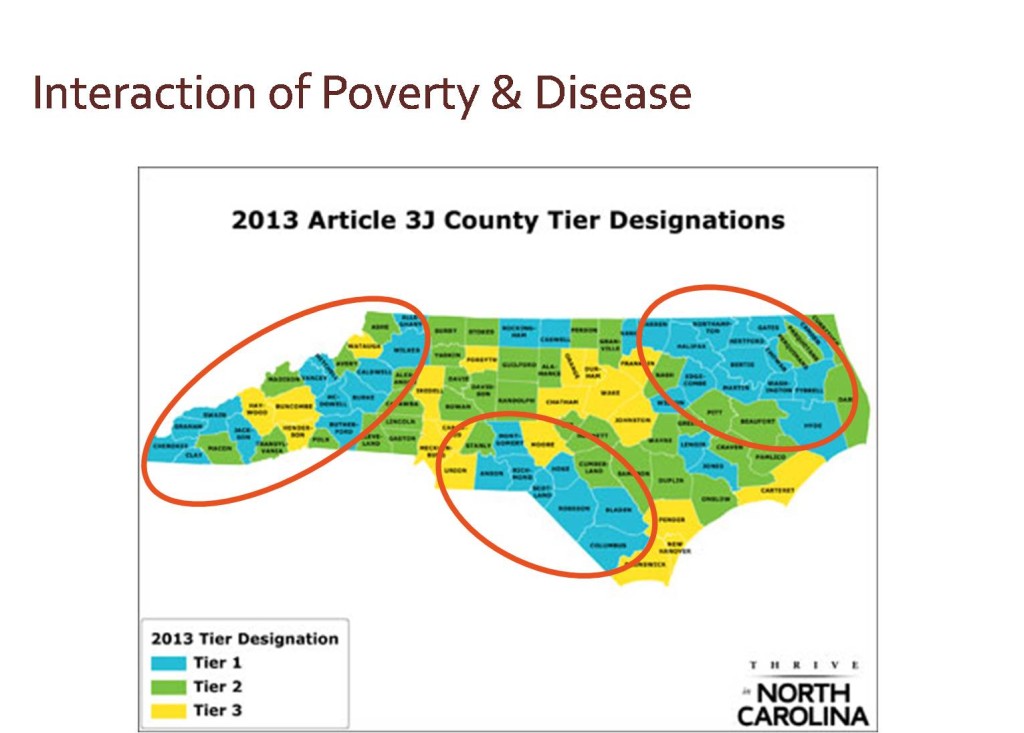Food Justice
go.ncsu.edu/readext?249964
en Español / em Português
El inglés es el idioma de control de esta página. En la medida en que haya algún conflicto entre la traducción al inglés y la traducción, el inglés prevalece.
Al hacer clic en el enlace de traducción se activa un servicio de traducción gratuito para convertir la página al español. Al igual que con cualquier traducción por Internet, la conversión no es sensible al contexto y puede que no traduzca el texto en su significado original. NC State Extension no garantiza la exactitud del texto traducido. Por favor, tenga en cuenta que algunas aplicaciones y/o servicios pueden no funcionar como se espera cuando se traducen.
Português
Inglês é o idioma de controle desta página. Na medida que haja algum conflito entre o texto original em Inglês e a tradução, o Inglês prevalece.
Ao clicar no link de tradução, um serviço gratuito de tradução será ativado para converter a página para o Português. Como em qualquer tradução pela internet, a conversão não é sensivel ao contexto e pode não ocorrer a tradução para o significado orginal. O serviço de Extensão da Carolina do Norte (NC State Extension) não garante a exatidão do texto traduzido. Por favor, observe que algumas funções ou serviços podem não funcionar como esperado após a tradução.
English
English is the controlling language of this page. To the extent there is any conflict between the English text and the translation, English controls.
Clicking on the translation link activates a free translation service to convert the page to Spanish. As with any Internet translation, the conversion is not context-sensitive and may not translate the text to its original meaning. NC State Extension does not guarantee the accuracy of the translated text. Please note that some applications and/or services may not function as expected when translated.
Collapse ▲Definitions
Food justice is a viewpoint that looks at access to fresh, healthy, affordable food as a human rights issue, similar to the right to availability of clean air and water as a part of their basic human needs. Food justice goes beyond access, taking into account structural barriers that prevent everyone from having access to fresh, healthy, affordable foods. Structural barriers are systemic inequities that prevent or prohibit equitable distribution and/or access to basic needs. Because this viewpoint is about structures, or larger systems or social constructs, it prevents us from making individual judgments or from subscribing to particular stereotypes and instead, allows us to focus our work on opening the door to basic access for all people, particularly populations who are often under-resourced, including people of color, rural people, the elderly and children. Below are a few examples of how various organizations define food justice:
-
- “Food justice is communities exercising their right to grow, sell, and eat healthy food.” (Source: www.justfood.org)
- “Food justice seeks to ensure that the benefits and risks of where, what, and how food is grown, produced, transported, distributed, accessed and eaten are shared fairly.” (Source: www.foodjustice.org)
- “Food justice asserts that no one should live without enough food because of economic constraints or social inequalities… The food justice movement is a different approach to a community’s needs that seeks to truly advance self-reliance and social justice by placing communities in leadership of their own solutions and providing them with the tools to address the disparities within our food systems and within society at large. (Ahmadi, 2010)
- Hank Herrera of Dig Deep Farms, Oakland, CA, said (2011), “Food justice work is the incredibly difficult work of building new local healthy food systems, not opposing the global food industry.”
- Food security*
“Access by all members at all times to enough food for an active, healthy life.” - Food insecurity*
“Limited or uncertain availability of nutritionally adequate and safe foods or limited or uncertain ability to acquire acceptable foods in socially acceptable ways.” - Hunger*
“The uneasy or painful sensation caused by a lack of food. The recurrent and involuntary lack of access to food.”
(*Definitions – Life Sciences Research Office )
Food insecurity and poverty are deeply correlated. Figure 1 shows the overlap between the areas of North Carolina where most poverty, joblessness exist and how those areas are also the most food insecure.
Food justice advocates and activists attempt to address root causes of food systems inequities as a means to transform the conditions. The overlap of poverty and food insecurity is an example of this. Food justice activists advocate for higher wages and more jobs for low-income folks as they see these conditions as a root cause of food insecurity. If people who are food insecure have access to jobs that provide a living wage and healthcare, then they will have an income level that will make fresh, healthy produce more affordable.
Figures 2 and 3 demonstrate the overlap between poverty, unemployment, chronic health conditions and food insecurity in North Carolina.
North Carolina focused Food Justice efforts
There are many examples of efforts in NC that are focused on food justice work. More projects will be shared on this page over time.
One example is a Center for Environmental Farming Systems (CEFS)-supported initiative in Goldsboro NC called SWARM. SWARM is an acronym for Students working for an Agricultural Revolutionary Movement. SWARM’s approach is to develop young food justice leaders, particularly from communities of color, to build knowledge and skills around growing food, develop a historical context of civil and human rights struggles as well as a cultural context around food and food traditions in the region. Although SWARM is not exclusively for youth of color, it is intentional about involving predominantly youth of color because, according to research, youth from these communities are often among the most directly affected by health and food systems disparities. Youth who have direct experience growing up in these conditions have unique ideas and insight on how to transform them.
Organizations
There are several local, regional and nationally-based organizations that engage communities to help inform policies around food justice issues as well as grassroots organizations that organize the cultural change and power shift that needs to happen in order to sustain policy revisions. Below are links to a few of these organizations:
Local
Statewide
Regional
National
How can you engage?
There are several ways that individuals and communities can become engaged in food justice work. Below are some suggested starting points:
- Get informed! Educate yourself on food justice issues and the root causes of why those inequities exist.
- Map your community to find out what is already going on and ways you can plug in
- Engage local leaders, policymakers and other stakeholders to help build solutions
Primary Contact:
Shorlette Ammons
Equity in Food Systems Extension Associate
Center for Environmental Farming Systems
NC State University
sammons2@ncsu.edu





